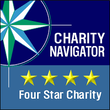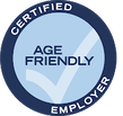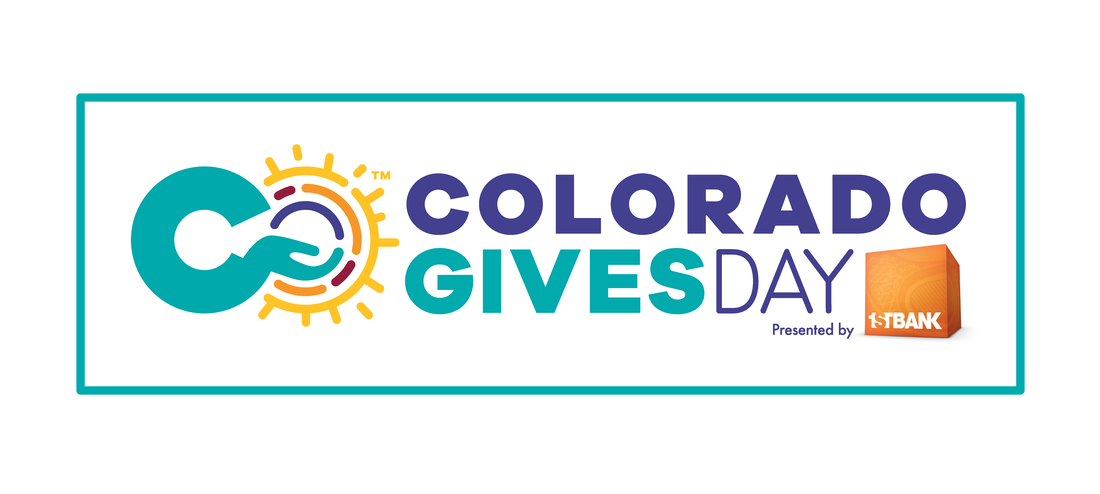 Last month, we highlighted our observation of Older Americans Month. In addition to this celebration, May was also Mental Health Awareness Month, and today we want to look at how older adults' lives are impacted by this critical issue. Mental health is becoming an increasingly important part of the public health conversation. It plays a role in how we connect with others, make decisions, handle stress, and many other aspects of daily life. And we now know that our mental health deserves as much attention as our physical health does. There are some common risk factors and indicators for mental health challenges shared by everyone. These can include Social Determinants of Health (SDOH), which are the conditions in which people live, learn, work, and play; things like financial stability, education access, access to quality health care, neighborhood and living environment, and social and community life. Studies have consistently shown that SDOH impacts our mental and physical health outcomes. Other risk factors include genetics, biology, and brain chemistry, whether someone has experienced trauma, and habits and lifestyle choices. Some mental health circumstances are unique to the experiences of older adults. Many live alone, resulting in a higher risk of social isolation and mental health concerns, and that percentage increases with age. Some stressors are just more common as we age, like reduced mobility, chronic conditions, and grief. And historically, mental health services are often underutilized by older adults. Access to mental health care can be hindered by perpetuating stigmas and misconceptions regarding ageism and mental health issues. In addition, lack of adequate insurance coverage or other physical conditions may take priority during a consultation with the doctor. What can we as a community do to address this situation? There are some encouraging trends, such as the increasing integration of mental health care into primary care visits. People are typically more inclined to discuss concerns such as depression with their general physician rather than seeking a mental health-specific doctor. Healthcare systems can also strive to meet the specific needs of older adults by providing training for health professionals in caring for older people and developing age-friendly services and settings. The State of Colorado recently gave some incentives to encourage medical students to specialize in geriatrics as our population is getting older. Together, we can work to eliminate the stigma surrounding mental health challenges by being conscious of our language choices, choosing empowerment over shame, and educating ourselves. At Aging Resources, we focus on collaborating with older adults to figure out what their individual, independent aging journey looks like. By providing services such as companionship, we decrease social isolation. Our transportation program allows for greater access to health care, including mental health. Come volunteer with us! Our services give residents more options to live life on their terms, resulting in a better quality of life for our older neighbors. If you or someone you know could use a hand navigating a mental health question or any other part of the aging process, please reach out to us at 303-814-4300 or www.agingresourcesdougco.org.
0 Comments
Aging in American is changing - it’s an undeniable fact that our population is growing older: between now and 2050, the number of Americans over the age of 65 is expected to double and Colorado is no exception. In fact, we have the third-fastest aging population in the nation. By the end of the current decade, the state demographer projects that the percentage of adults aged 65-74 will increase by 19%, those aged 75-84 by 68%, and those 85 and older by 49%. These trends are consistent across all areas of the state, from the Western Slope to the San Luis Valley to the Front Range. Here in Douglas County, the 75-plus population is expected to grow by a whopping 446% percent by 2040 – that’s the most significant increase in the state. This burgeoning generation of older adults is distinct from previous generations in several ways. Most importantly – they’re living longer! Since 1950, life expectancy in the U.S. has increased from 68 years to 78.8 years (pre-pandemic). The gender gap in life expectancy is also shrinking, from 7 years in 1990 to 5 years (76.1 years for men versus 81.1 years for women) today. Older adults today are more racially and ethnically diverse than ever before. They’re also working longer - by 2026, 26% of men and 18% of women are expected to remain in the labor force. The dramatic increase and diversification of the older adult cohort and the changes in the way they live and work present both challenges and opportunities. “Aging” is really an umbrella term for a complex variety of concerns that affect people differently and touch many different areas of our society. As the Office of State Budgeting and Planning says, “a growing and aging population impacts every department in the State, from Human Resources to Natural Resources.” We have a real chance to structurally change the way we prepare for and address aging questions and issues. As the older adult population grows, we’ll need a more robust homecare workforce – we’re already seeing shortages in this area affect the folks that we serve. Some of the challenges we have heard from workers in this vital industry are a lack of guaranteed hours and lower than average wages. At present, most of these workers come from agencies that do not offer those kinds of inducements. Aging advocates in the healthcare space also suggest that we may need to transform our healthcare system from one of disease-management to a more preventative approach. In the business community, potential solutions include supporting older adults through the creation of age-friendly workspaces. That’s not just a label – age friendly workplaces must demonstrate that they enact policies, practices and programs supporting people age 50+, and commit to providing meaningful employment, development opportunities and competitive pay and benefits for older adults. Aging Resources was proud to become one of the first certified age-friendly workplaces in Colorado last year. Another measure employers may consider is the introduction of more flexible hours – this could help businesses keep institutional knowledge in house via intergenerational mentoring. The best solutions will always occur at the level of the community and will come from older adults themselves. That’s one reason why, at Aging Resources, we place such a high priority not only on helping older residents but listening to them as well. Our mission is to facilitate their continued engagement in their communities, whether they’re continuing their career journey, receiving services, or finding new leadership opportunities. When we come together, we all stand to benefit – now, and in the years to come. |
AuthorsBlogs are written by ARDC staff members Archives
January 2024
Categories |
Aging Resources of Douglas County 104 Fourth Street, Castle Rock, CO 80104 303-814-4300 [email protected]
©2023 Aging Resources of Douglas County | Help for Senior Citizens | Sitemap XML
All public documents will be available upon request.
©2023 Aging Resources of Douglas County | Help for Senior Citizens | Sitemap XML
All public documents will be available upon request.

 RSS Feed
RSS Feed



